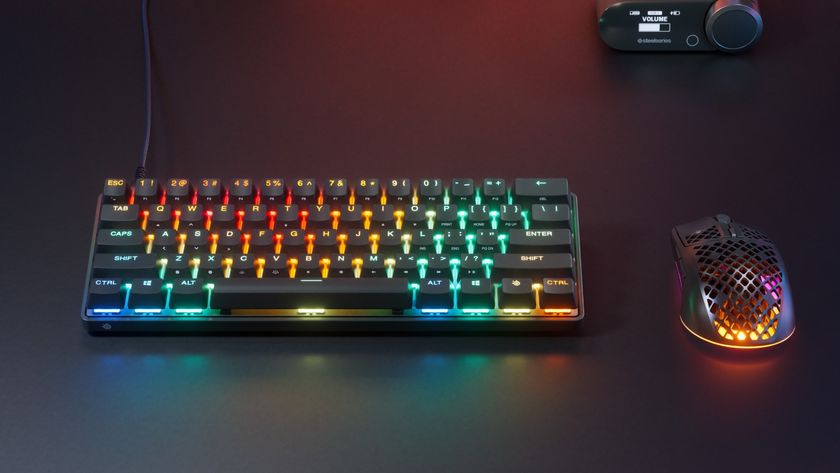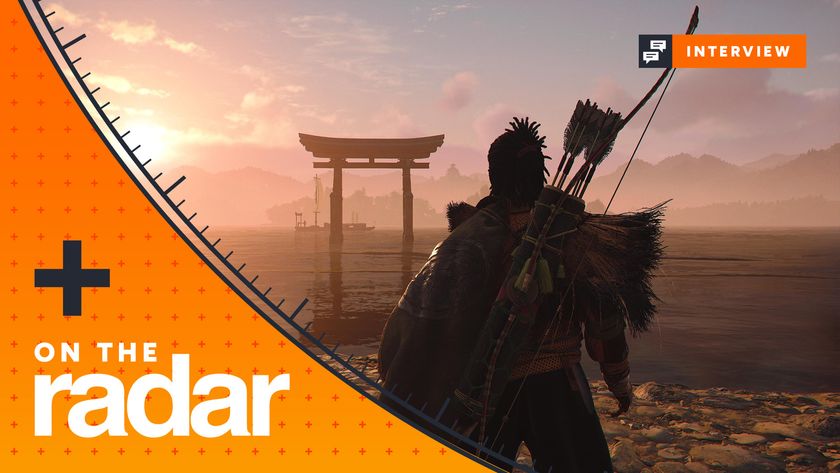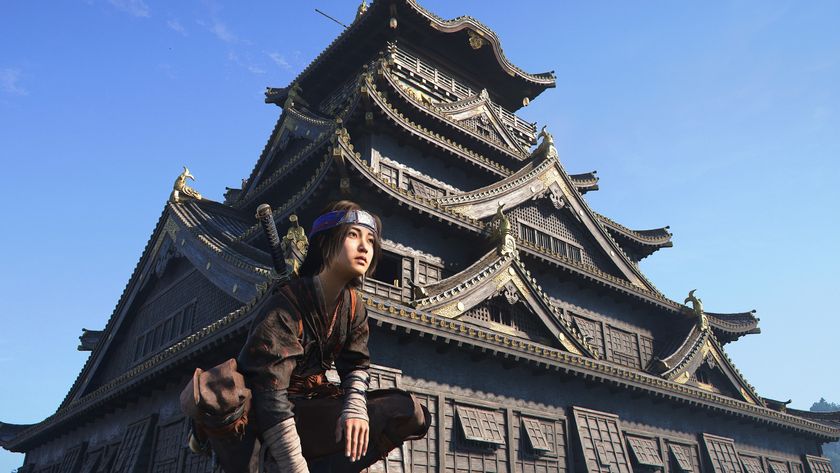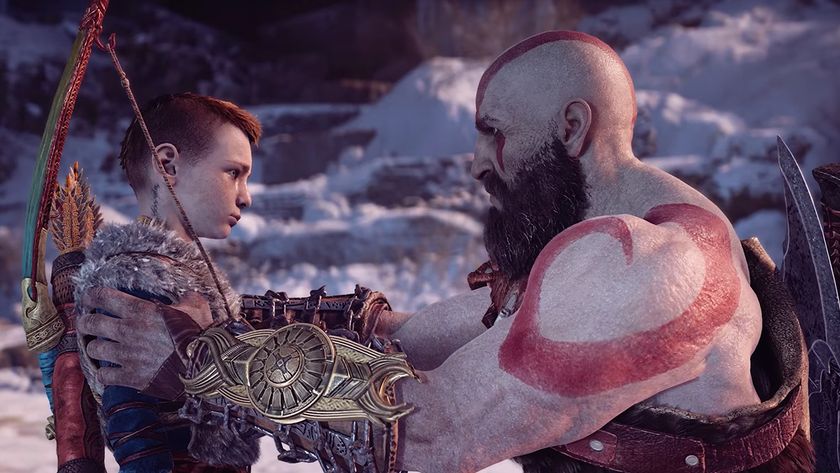Why are the doors so big in video games? Some developers explain
Wondering why Halo Infinite has barn doors? Let's find out...
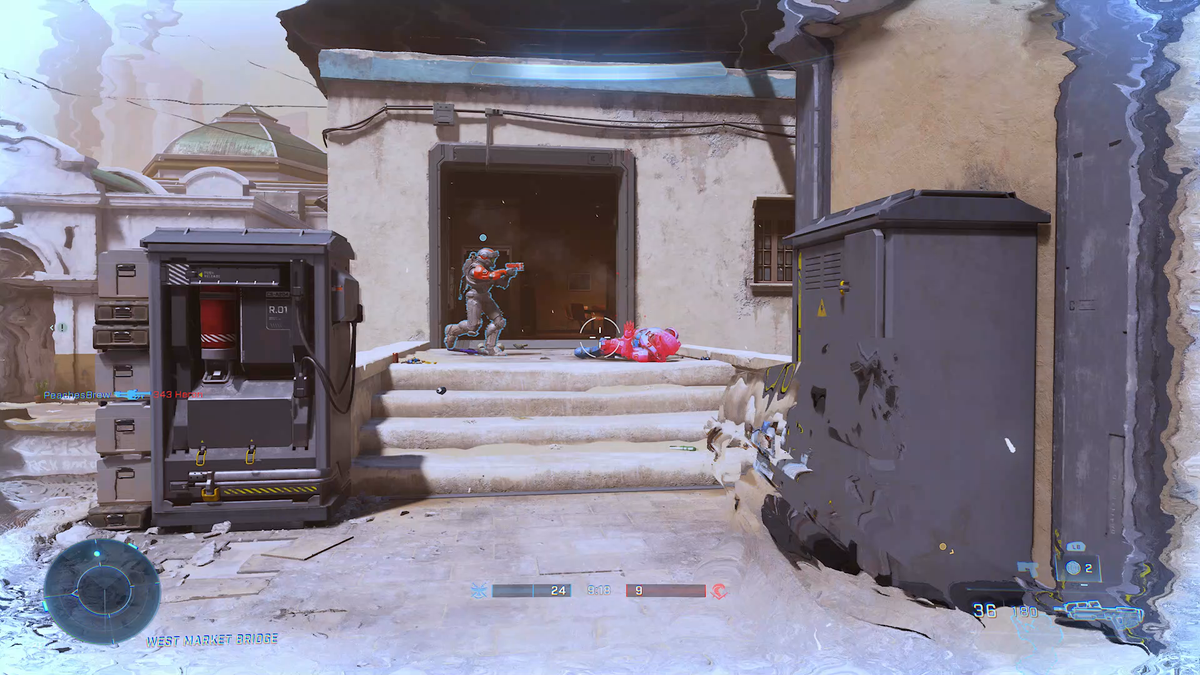
You might have seen an image doing the rounds recently from the Halo Infinite technical preview. It shows a Spartan standing by a door that towers over a character known for being seven foot tall.
just_how_tall_are_these_people from r/halo
It's probably not the first time you've seen something like this either. Earlier this year, people noticed that the Resident Evil Re:Verse characters seemed dwarfed by environments in Capcom's multiplayer shooter. Another notable example is Gears 5's giant bathrooms with toilet stalls the size of barns and mirrors high above the heads of characters.
So what's going on? Why can't a video game just use a one to one scale and be done with it? I was curious to know, so I asked a few developers to find out more. One of the main causes? The in-game camera and FOV, or field of view, which has to balance what looks good on screen with the actual scale of things. "It’s the camera stuff mostly," says former Naughty Dog technical designer Asher Einhorn. "If you make the scale realistic, because of the camera, everything looks tiny. At Naughty Dog we modelled one of the meeting rooms once to scale, and dropped Drake in there and he was huge."
There's basically a constant battle between view and scale to make things look right – of all the developers I spoke to, 'camera or FOV' was the first thing they answered with. One even mentioned having regular "door scale meetings" during production to deal with the issue.
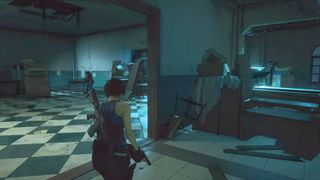
Door ways
It can be as much about the mood as anything else. Camera set up and FOV can pull or push the walls in and out around the player – games with a more natural scale tend to have rooms and corridors that feel closer, the ceilings lower. Great for a horror game, say, but if you're looking for something more open you might have to bite the bullet on chungas doors. David Fenner, the writer and director behind The Signifier, suggests that, "just like in cinema sometimes you want things to have a somewhat 'off' size, for the sake of some psychological effect." The example he gives is making "you feel small in an enemy's house". Whatever the reason, or feeling a developer might be aiming for though, it's a constant balancing act between what works and what looks 'good'. "It’s also tricky for cinematics," Einhorn says, "because a door looks good in gameplay, and then it's massive in cinematics. So sometimes you have to swap those out as you transition into cutscenes."
There's also the issue of collisions. Einhorn points out that "in general, bigger spaces are just easier to play around in." That's because where there are things that might collide in a game – people and doorways, for example – there are also a lot of detailed computations and code to work it all out. Games are constantly looking at movement speeds and directions to guess where things are going to be in the next frame, and whether or not they should be allowed to be there – the smaller the gap, and the faster things move, the harder that gets.
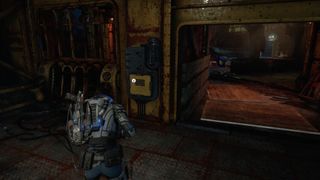
"Doorways, walls, interiors are usually over sized to make room for both the physics/anim capsules, and also the camera," says Wes Keltner, Gun CEO and co-creator of F13. A physics or anim (animation) capsule refers to what's essentially a forcefield around characters and objects that detect anything that the programmers have decided is collidable. These are often balloon-like because it's easier to detect simple objects, and if you want nice 60+ frames-per second in your game you can't be detecting collisions right down to the fingertips of every character that might brush a door.
Sign up to the 12DOVE Newsletter
Weekly digests, tales from the communities you love, and more
These more general collision shapes are the reason why smaller, finer objects sometimes clip into other things – detecting collisions is 'expensive' in terms of computing power, and if you have a few thousand things on camera that might hit something else, you can quickly slow the entire game down with collision detection if you do it at a precise level.
Camera works
The same goes for the actual camera itself, which is also a physical object in the game space. "The doors in Gears need to be massive for the third person camera to go through," says Mike Bithell, founder of Bithell Games. If you've ever got a camera stuck in the game scenery, or clipped through a wall, that's because the collision detection didn't work and the camera passed though something that should behave as if it's solid. If you make bigger walls, corridors and doors you give the game more time to check collisions and do something about them.
Bithell does highlight a few other ways things can go wrong though. There's things such as 'scale drift' where "over the course of making a level, the designer can lose track of scale and things start to go wrong." Sometimes passing work between different departments can cause issues: "level editors often just make a grey box version of a level that matches gameplay, and then the art team needs to come in later and populate it," Bithell says. "If these two teams aren't communicating amazingly, that can absolutely result in confusion."
The Signifier's Fenner backs this up: "For example, there is this proxy designed level that has to be quickly filled with assets... lots of recycling, some 'true size' feels off in the level's architecture, then the artist starts resizing things by hand to make it 'feel good.'" By the time a "game has to ship", Fenner points out, it might have introduced scaling errors that are too late to fix.
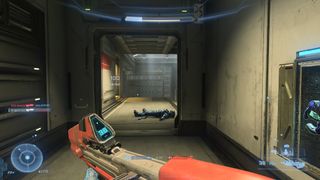
Finally, just to help drive home just how hard it can be to get all these things to work together, there's basically an 'assist mode' for doors in Naughty Dog tech. "It’s actually quite hard to navigate through normal sized doors in a third person game," explains Einhorn, adding that work by former Naughty Dog Technical Designer Bryan Singh eventually fixed the issue: "We solved that with some tech [where] there’s a vector field around each door that magnetizes you into them subtly."
We've already heard plenty about doors being hard in video games. Remember: they don't actually exist. There is no door. Just some art and millions of lines of code to explain the difference between the idea of open and closed, so that various AI, effects, objects and more can tell. So it shouldn't be a surprise that size is just as abstract an oddity through the lens of a camera that also doesn't really exist. When you see Master Chief standing next to what looks like a barn door just remember there were probably years of meetings to decide on that size, and countless scaling prototypes left on the floor along the way like clothes that didn't fit. And, like clothes, it's not always about the measurements, it's about what feels right. John likes a comfy fit, Nate likes 'em snug, it's all good either way.

I'm GamesRadar's Managing Editor for guides, which means I run GamesRadar's guides and tips content. I also write reviews, previews and features, largely about horror, action adventure, FPS and open world games. I previously worked on Kotaku, and the Official PlayStation Magazine and website.
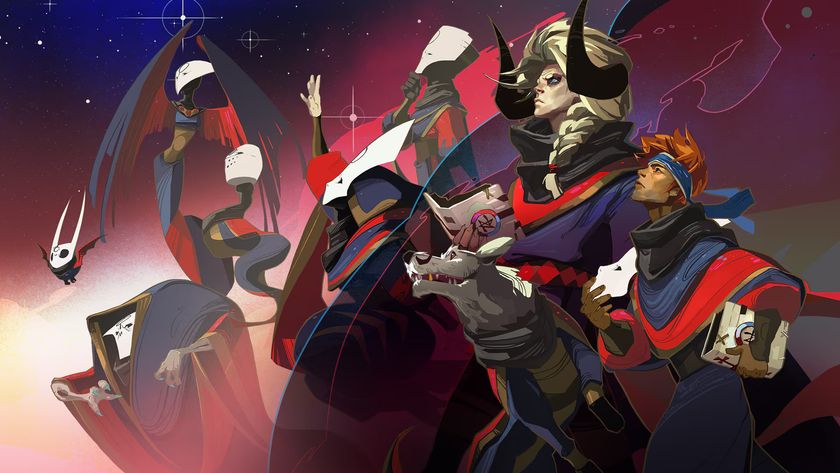
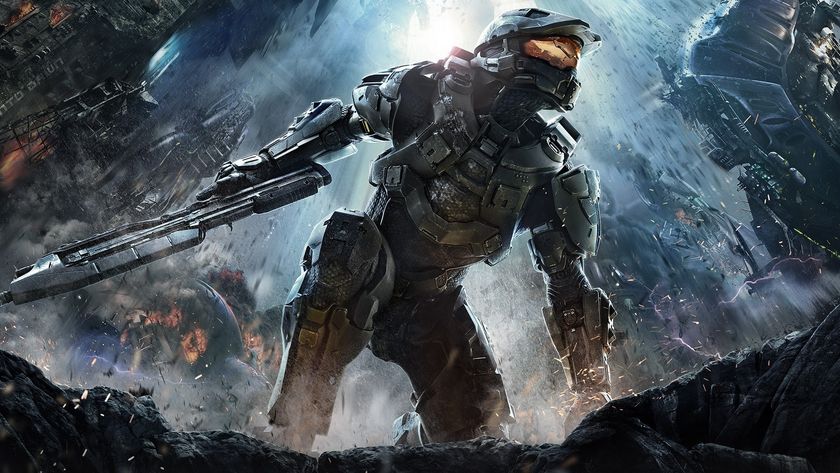
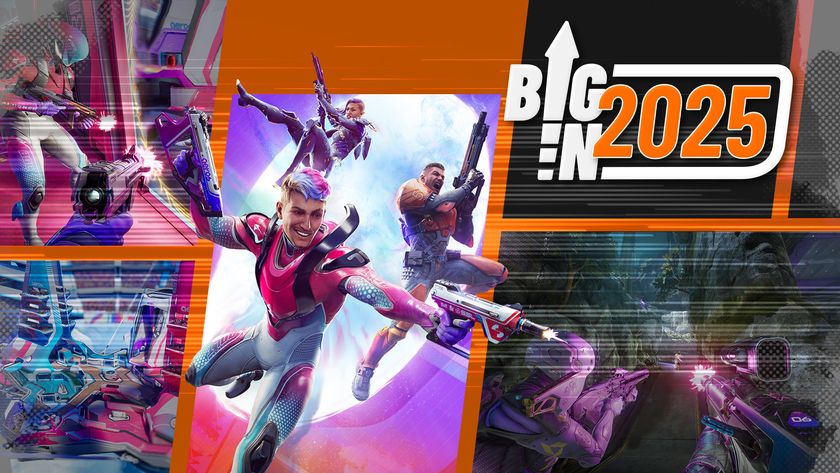
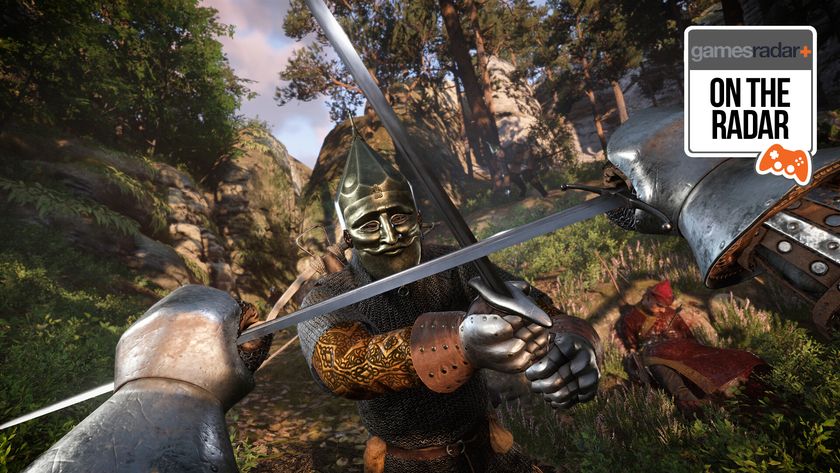
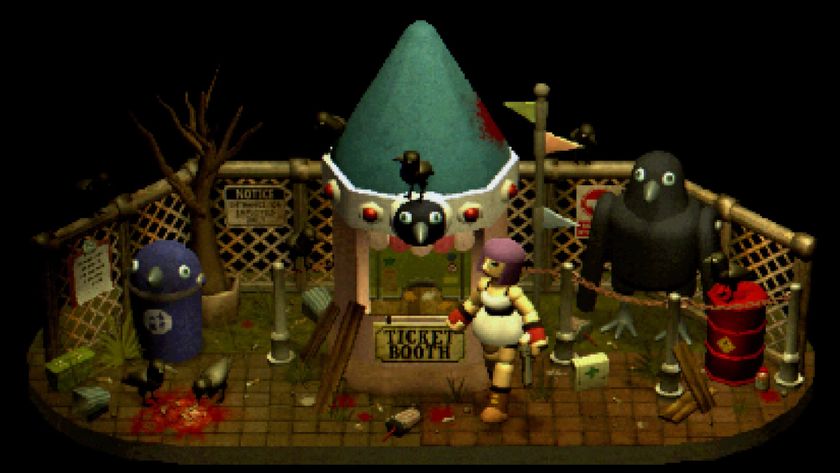
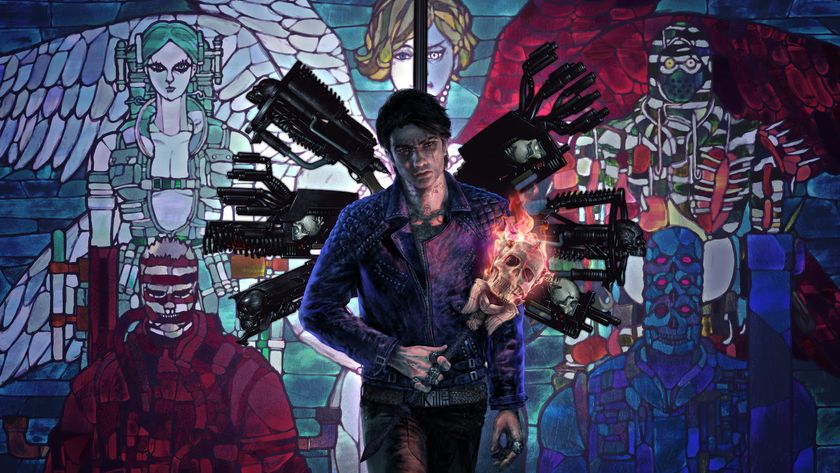
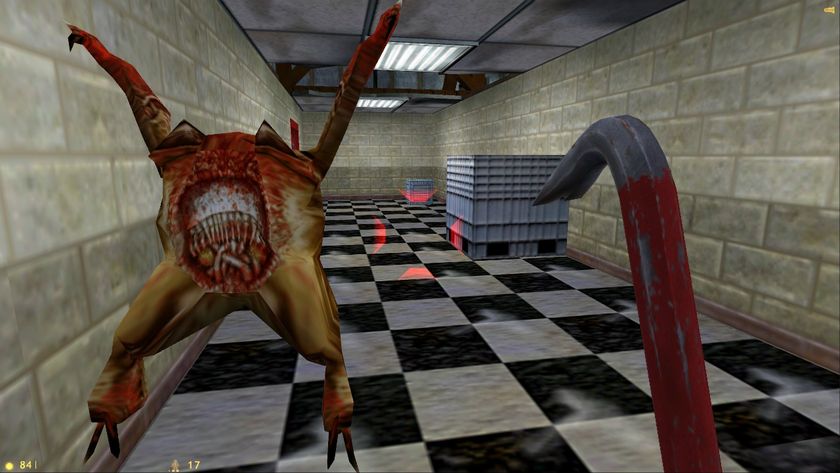
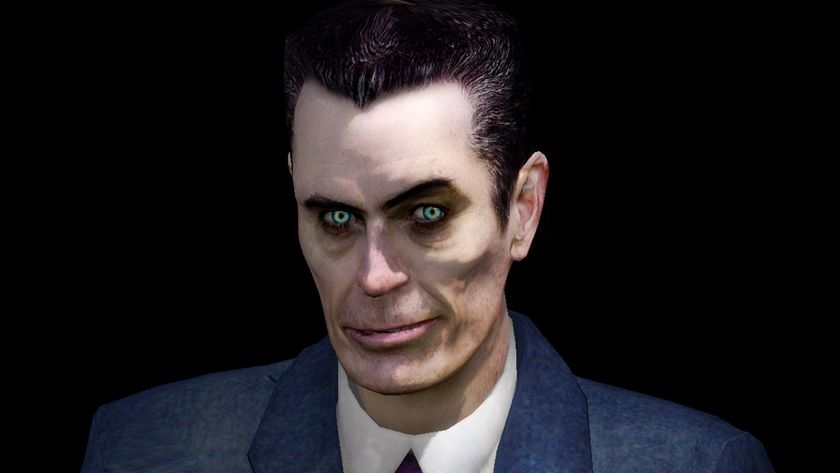
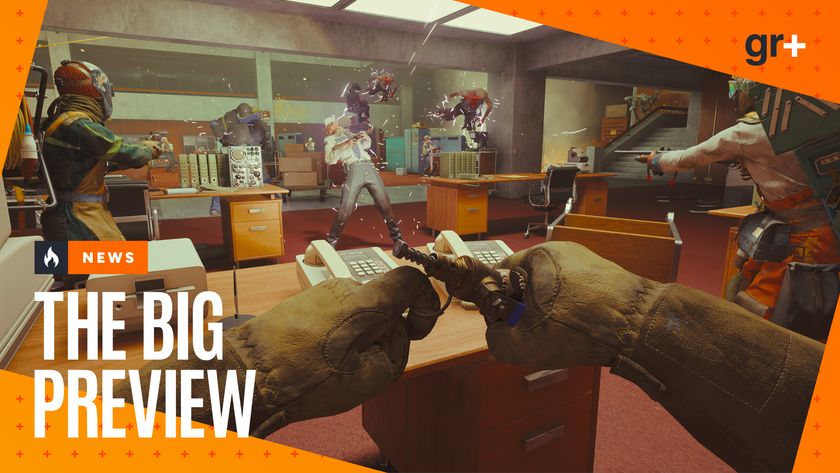

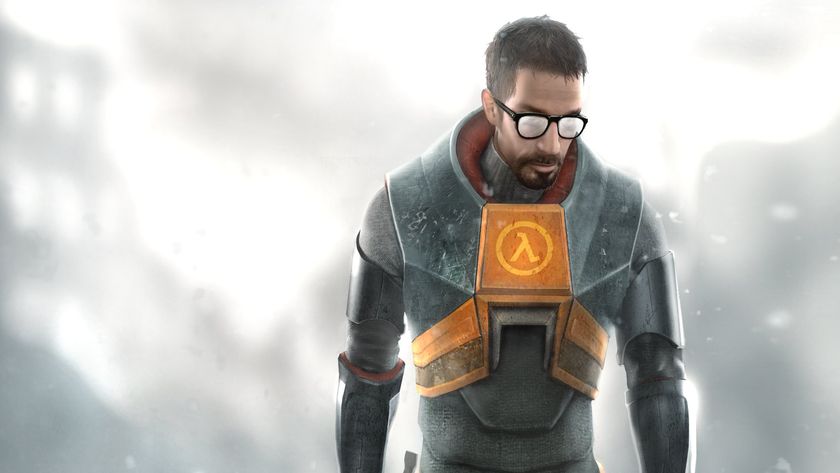
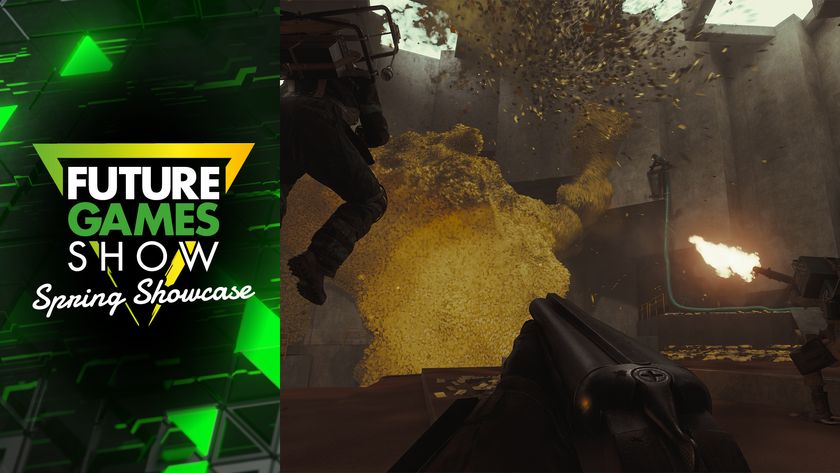
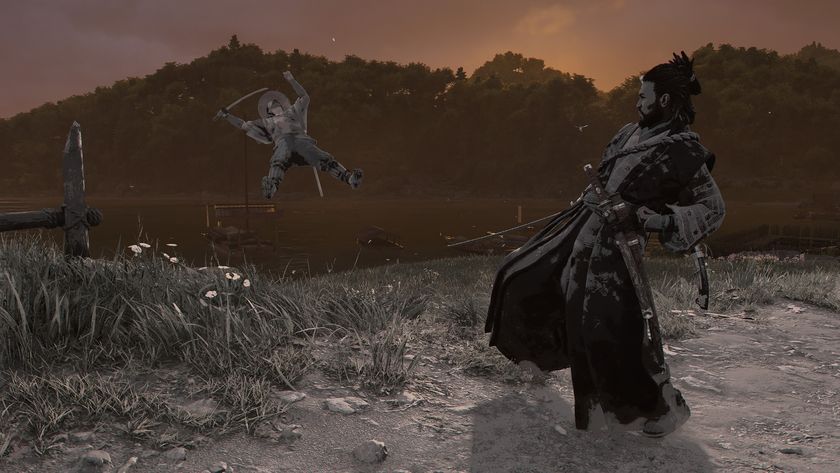
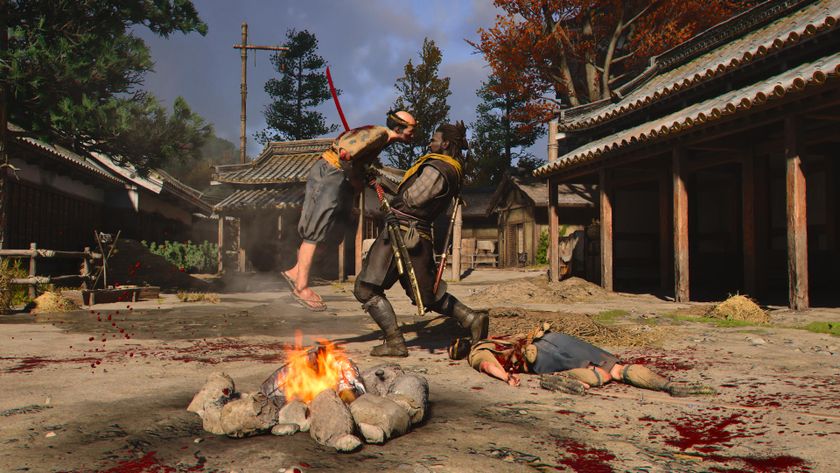
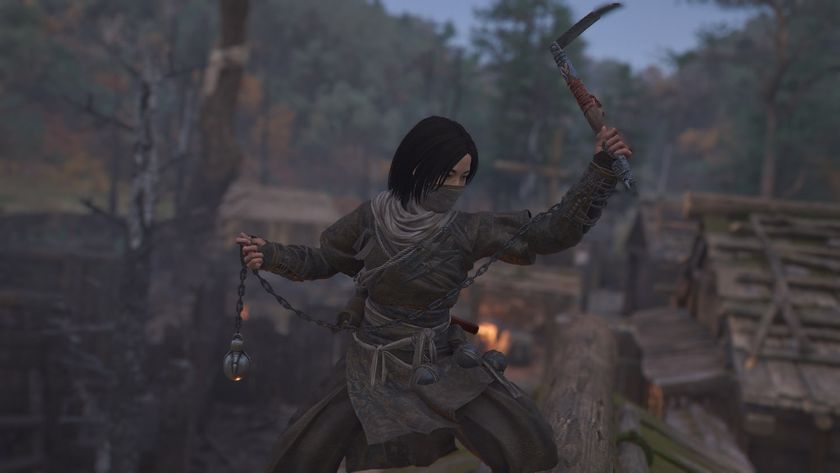
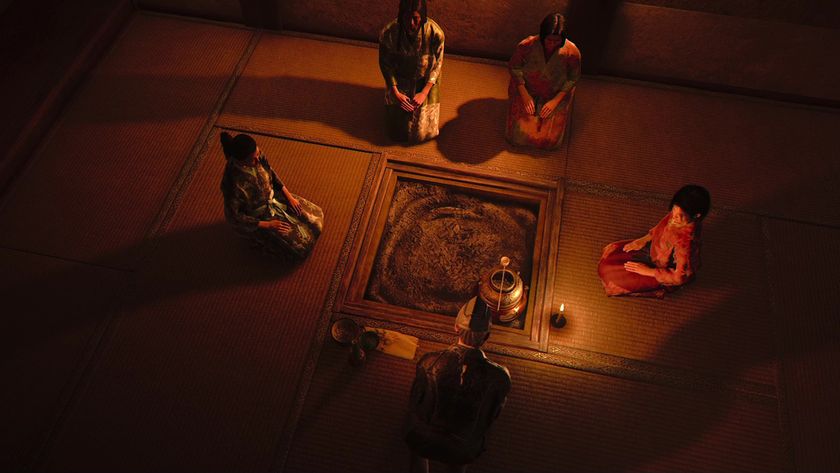
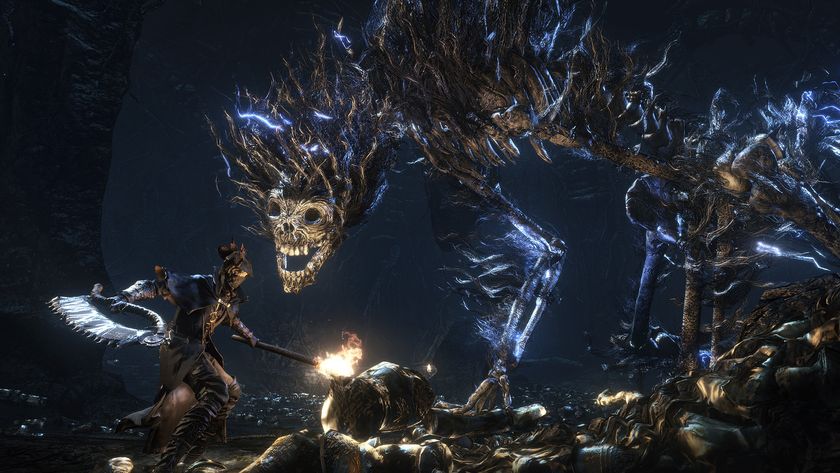


Half-Life devs worried Gabe Newell "promised things that they couldn't possibly deliver" for the iconic FPS, but "they just didn't know" that they'd be able to do it yet

Former Valve exec recounts the meeting where Half-Life's publisher almost killed the iconic FPS: "Half-Life would quietly die. I was stunned"
